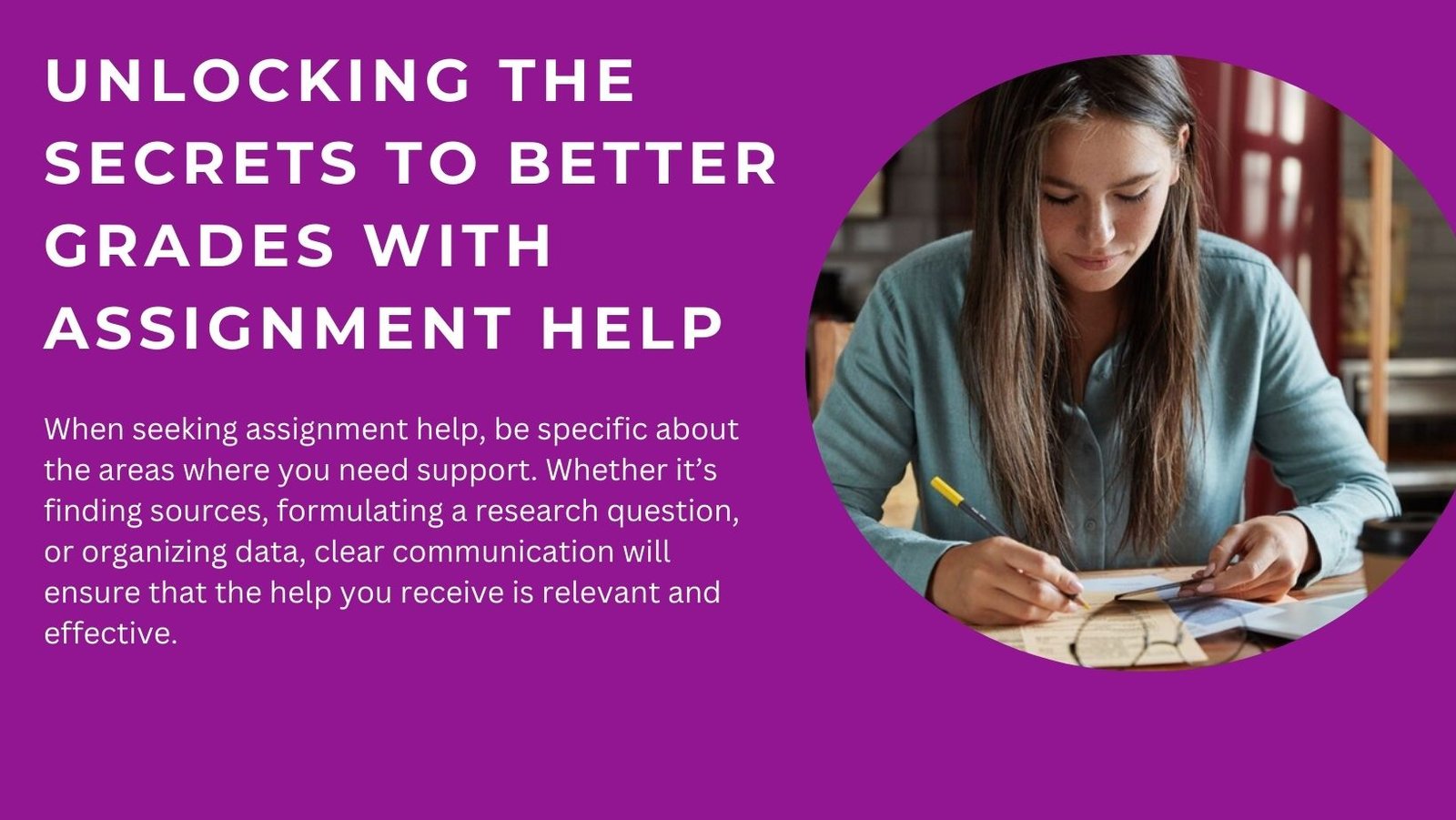Special education services classlinkmisd are essential for children with disabilities, ensuring they receive the education they deserve. In the United States, these services are designed to meet the unique needs of each child, allowing them to thrive in an educational setting. This article explores the various aspects of special education services, including eligibility, Individualized Education Programs (IEPs), and the rights of students and parents.
What is Special Education?
Special education refers to a range of instructional services tailored to meet the individual needs of children with disabilities. These services are provided at no cost to families and can take place in various settings, including traditional classrooms, resource rooms, or specialized schools. Importantly, federal law mandates that students receiving special education should be educated in the least restrictive environment possible, meaning they should spend as much time as possible with their peers in general education settings
Key Features of Special Education
- Individualized Instruction: Each child’s educational plan is customized based on their specific needs.
- Diverse Learning Environments: Services can be delivered in multiple settings to promote inclusivity.
- Focus on Progress: The primary goal is to help students with disabilities learn effectively and make academic progress.
Eligibility for Special Education Services
To qualify for special education services, a child must demonstrate a disability that significantly impacts their ability to learn. The Individuals with Disabilities Education Act (IDEA) outlines 13 categories under which a child may be eligible for these services, including:
- Autism
- Emotional Disturbance
- Specific Learning Disabilities
- Speech or Language Impairment
- Intellectual Disabilities
The eligibility process typically involves comprehensive evaluations conducted by educational professionals and may include input from parents
The Evaluation Process
- Referral: A child may be referred for evaluation by a teacher or parent.
- Assessment: A team conducts assessments to determine the child’s needs.
- Eligibility Determination: Based on assessment results, the team decides if the child qualifies for special education services.
Individualized Education Program (IEP)
An IEP is a legally binding document that outlines the specific educational goals and services for a child with disabilities. It is developed collaboratively by a team that includes parents, teachers, and specialists. The IEP must be reviewed annually to ensure it meets the child’s evolving needs
Components of an IEP
- Present Levels of Performance: A summary of the child’s current abilities.
- Goals and Objectives: Specific academic and functional goals tailored to the child’s needs.
- Services Provided: Details about special education services, accommodations, and modifications.
Rights of Students and Parents
Parents play a crucial role in the special education process. They have rights protected under IDEA and Section 504 of the Rehabilitation Act. These rights include:
- Participation: Parents have the right to participate in meetings regarding their child’s education.
- Informed Consent: Schools must obtain consent before conducting evaluations or providing services.
- Confidentiality: Parents have the right to access their child’s educational records while ensuring confidentiality is maintained
Advocacy for Special Education Rights
Advocacy is vital for ensuring that children receive appropriate services. Organizations like the Council for Exceptional Children (CEC) provide resources and support for parents navigating the special education system
Types of Special Education Services
Special education encompasses various types of services tailored to meet individual student needs. These may include:
- Resource Rooms: Specialized instruction in a separate classroom setting.
- Inclusion Support: Assistance provided within general education classrooms.
- Homebound Instruction: Services offered at home for students unable to attend school due to health issues.
Related Services
In addition to specialized instruction, related services may also be provided. These can include:
- Speech Therapy
- Occupational Therapy
- Counseling Services
These supports aim to address specific challenges that may hinder a child’s learning process
Transition Planning
Transition planning is an essential aspect of special education, particularly for older students preparing for life after high school. The IEP must include transition goals that focus on post-secondary education, vocational training, or independent living skills.
Importance of Early Transition Planning
Starting transition planning early allows students to explore their interests and develop necessary skills before graduation. This proactive approach helps ensure smoother transitions into adulthood
Current Trends in Special Education
The landscape of special education is continually evolving. Recent trends include:
- Increased Inclusion: More students with disabilities are being educated alongside their peers in general classrooms.
- Focus on Mental Health: There is growing recognition of the importance of mental health support within special education services.
- Technology Integration: Assistive technology is increasingly used to enhance learning opportunities for students with disabilities.
Challenges Facing Special Education Today
Despite advancements, challenges remain in providing equitable access to quality special education services. Issues such as funding disparities and varying state regulations can impact service delivery across different regions
Conclusion
Understanding special education services in the USA is crucial for parents and educators alike. By recognizing eligibility criteria, IEP processes, and student rights, stakeholders can better advocate for children with disabilities. As society continues to evolve towards inclusivity, ongoing support and awareness will be vital in ensuring all students receive a quality education tailored to their unique needs.Through collaboration among parents, educators, and advocates, we can work towards a future where every child has access to meaningful educational opportunities that foster growth and success.



